Cities have always been in a constant transformation process adapting to all the challenges. We think of 2050 cities, driverless cars hitting the roads, farming drones as the future of agriculture, crucial climate change repercussions, what is certain, is that the future we want is the action we take. We, as a society, we are heading towards a world with higher unemployment rates, rising of ageing population, increase in need for education, and the adoption of universal basic income. The projections show that the number of people above 65 years old will increase in the future.
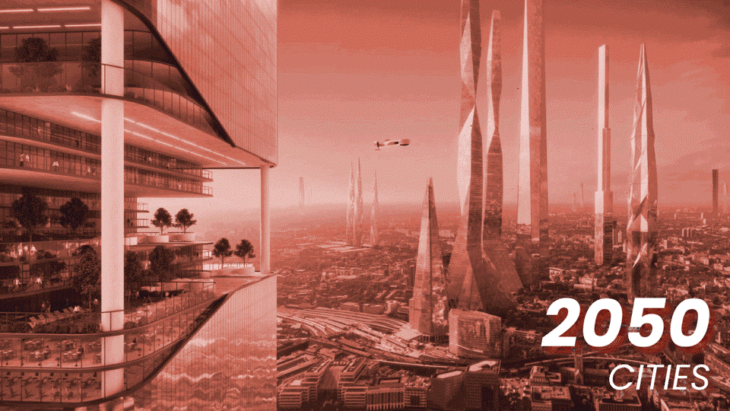
The objective of K(no)w more time project is to reply to those societal changes and find a way to empower inhabitants of our cities facing those on-going changes.
We had a close look at the academic levels of citizens in different neighbourhoods to answer questions related to education and skills, the average city index (Disposable Family Income per capita / RFD) stands at 100 points, the distribution of income by neighbourhood continues to strongly outline the contrast of income between the western and northern neighbourhoods as well as unemployment rates in barrios of Barcelona based on how long is the period of unemployment.
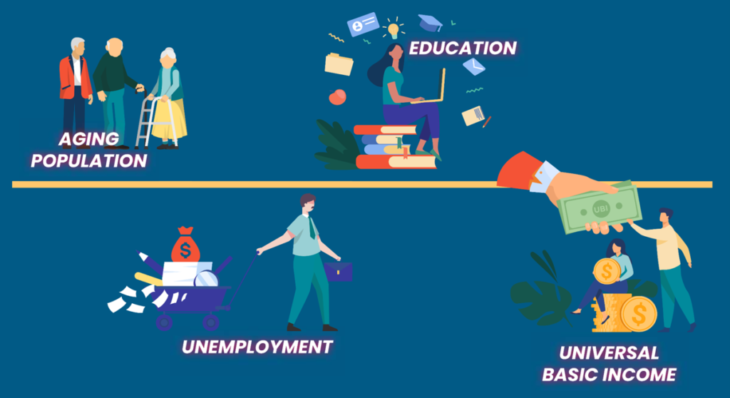

At present, we have jobs while we see that technology is growing in power but on the other hand, workers fear that technology will take their jobs away in the future. However, experts such as MIT task force confirms that we shouldn’t fear the future of work. Technology always should serve human beings and not vice versa. In order to maintain these dynamics, people should be able to focus on their knowledge. It’s not just about one time learning, but a simultaneous process of learning as innovations and technologies continue to grow.
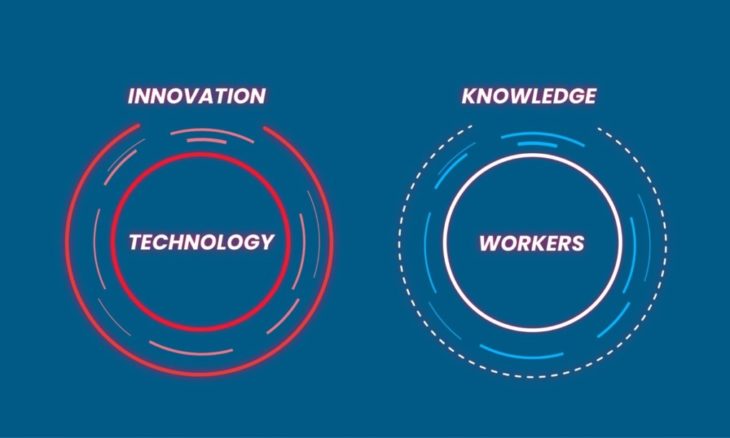
Would big cities make sense at all if their role as highly sophisticated labour ecosystems were diminished ?
How to re-engage people in their neighbourhoods in the absence of full employment ?
This methodology has three key aspects: one tackling the very core of human nature, second one concerning their creative process and activities, and last but not least – the spatial dimension. As they cannot be treated in the same way, we developed an adequate strategy to analyze each of them.
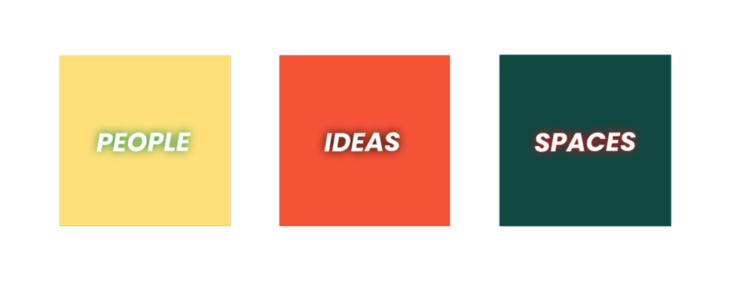
First of all, in order to conceive human oriented environments, we have to think where is our place in this ever changing world.
Based on the Time-use survey, we can see the division of our daily activities together with the time spent on them. Currently according to Barcelona statistic center, people officially spend 7,5 hours of their day working on average. We can also observe that learning (understood as previously mentioned knowledge empowerment) does not have its place in this chart…
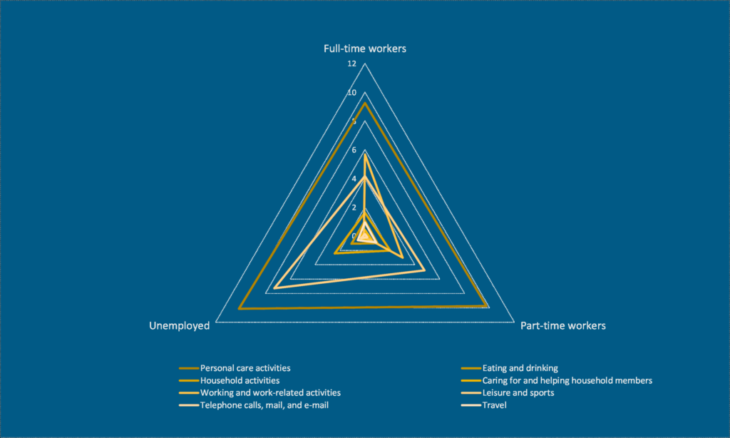
Taking into consideration, that earlier, we spoke about the sustainable scenario of equitable development of learning and innovation, the question now is:
Do we have the time to fit that in our 24 hours of the day?
In order to know so, we defined the factor that no matter how the future develops and how our jobs will be changing, one thing remains constant in the day – TIME.
We analyzed the activities performed and the level of experience that they can evoke from a perspective of time management profiles – a full-time worker, part-time worker, a freelancer, an unemployed or retired person.
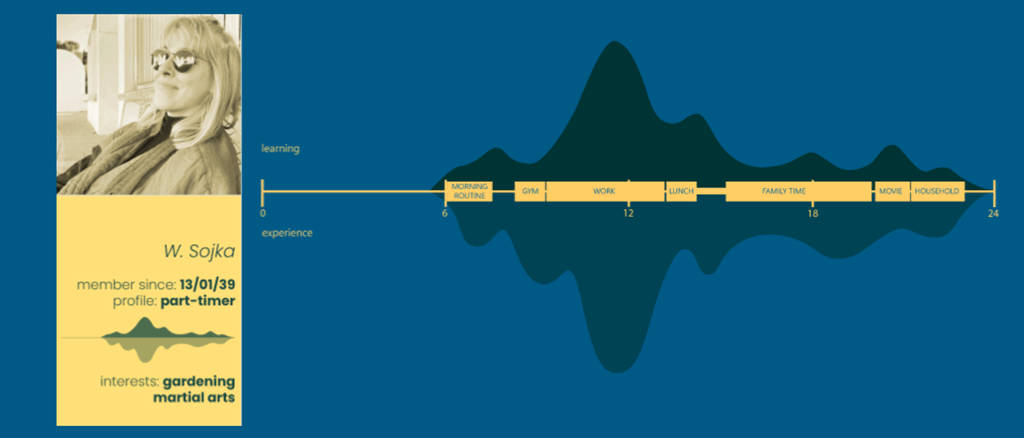
When going deeper into this analysis, we observed two interesting phenomena: First of all, that learning has shown itself as an exceptional activity because we realized that it happens in parallel to all the others, most often in a form of passive learning. And secondly that our experiences (our happiness index as we can call it) often tend to get stronger or more valuable in a manner directly proportional to our learning curve. In different words : the quality of our activities improves together with peoples’ learning opportunities.
How in this case are we assured that our communities can collectively gain those opportunities? How does it affect topics of collective creation and collaborative processes? It is clear to us that everybody’s ideas should have a place to be heard and our project provides tools to do so.
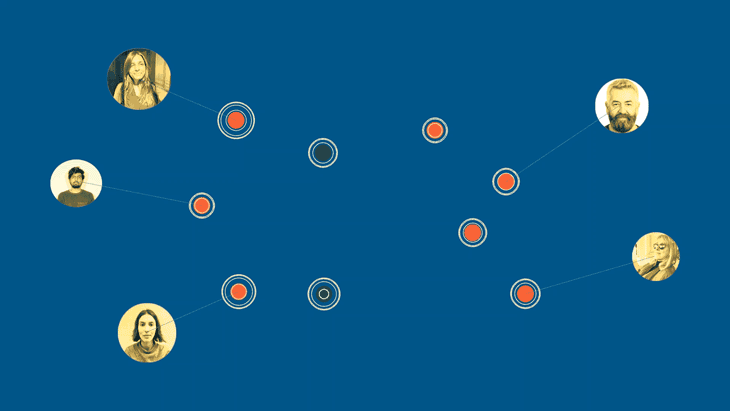
[Bigger Picture]
Growing number of available tools, together with visible social phenomena, show that our society tends to turn more and more into the direction of participatory processes, giving power to livable, organic structures allowing all the participants to exchange their ideas and skills in order to conceive fuller and more complex creative processes.
[Land Use]
We can easily identify as a societal change, the fact that we are less and less attached to the strict concept of property and we are more eager to share values with our communities in order to commit to activities for the greater benefit of our neighborhoods and societies that we contribute to on everyday basis but we have to keep in mind that every change that we observe on the societal level, has always it’s undeniable impact on urban organization and on spatial understanding of our environments. Until now, the city as we know it and that we are used to, is dictated by the conventional land use rules.
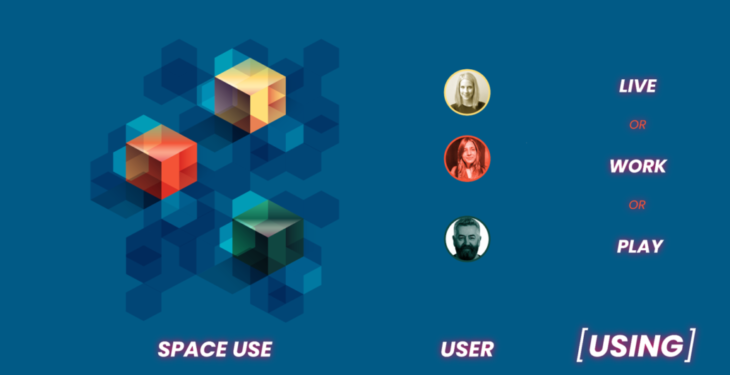
Defined function is hardly possible to be changed and therefore the activity happening within, will always remain the same. It implies that people are only exploiters of this space, making it used for one particular purpose. In the future that we structure today though, it is the community that assigns the purpose to the space.
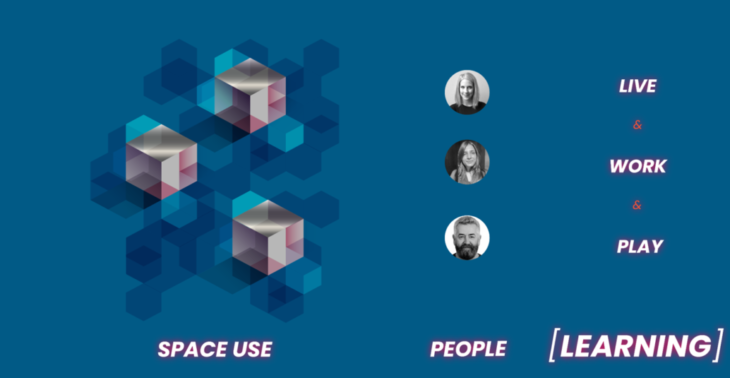
[District Scale : Eixample]
To have a closer look at spaces and people in our district of interest, we took a zoom-in and analyzed Eixample which is one of the densest districts of Barcelona where urban transformations have been happening. We start by identifying the conventional existing land uses and we then we checked the metropolitan general plan which focuses on the occupation of new spaces for urban growth and the implementation of new urban infrastructures and services.
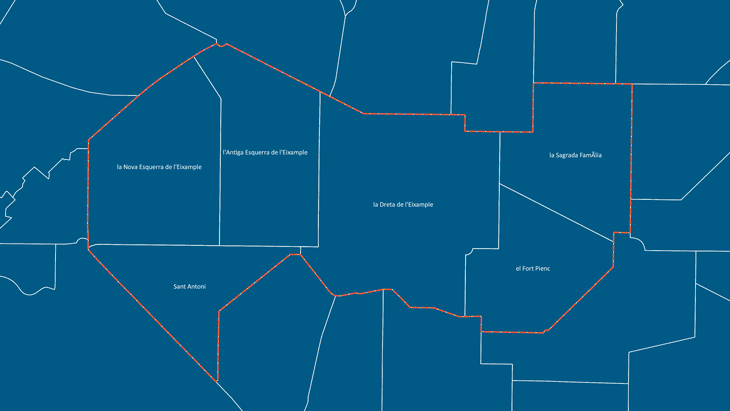
[Footfall]
In order to see people in space and time, we studied their movements in Eixample, we analyzed the footfalls and how does this concentration changes from weekday to weekend which led us to conclude That L’Antiga Esquerra de l’Eixample, is the most vibrant neighborhood of Eixample district.
And that was the reason behind choosing it as a site where we can test our vision.
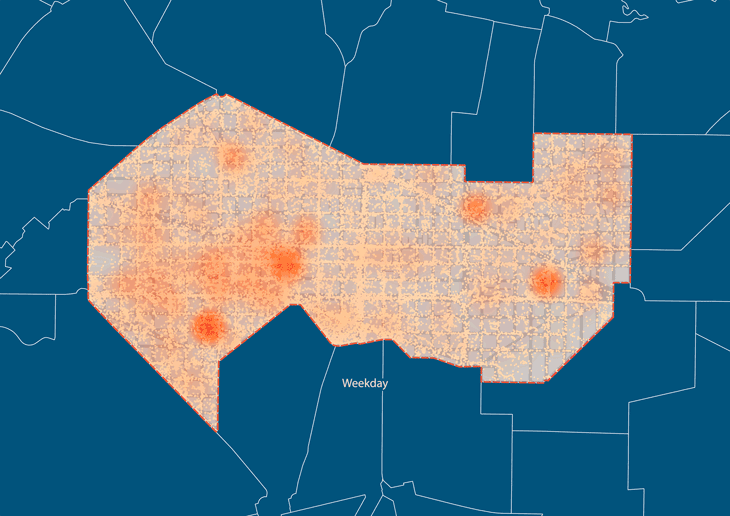
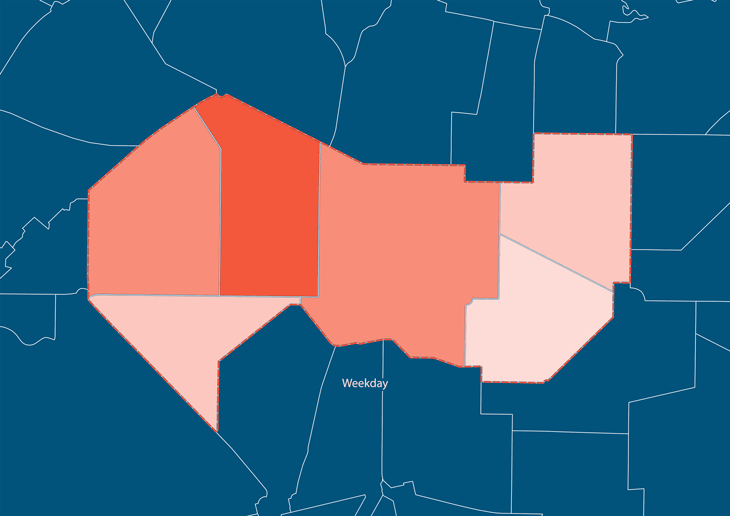
Eventually, We decided to operate in the realm of superblocks because it is the project that grows currently in power but only from the point of view of mobility.
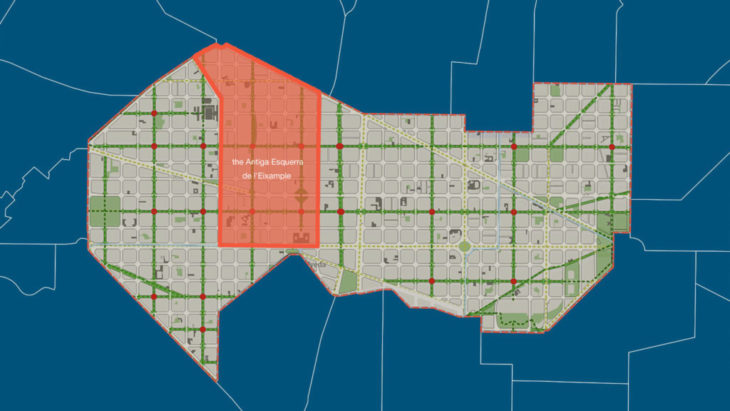
We, as public administration, want to look deeper into the development and strategies that sums up into a superblock. We want to analyze deeper than mobility, looking also into human and architectural dimension of a superblock.
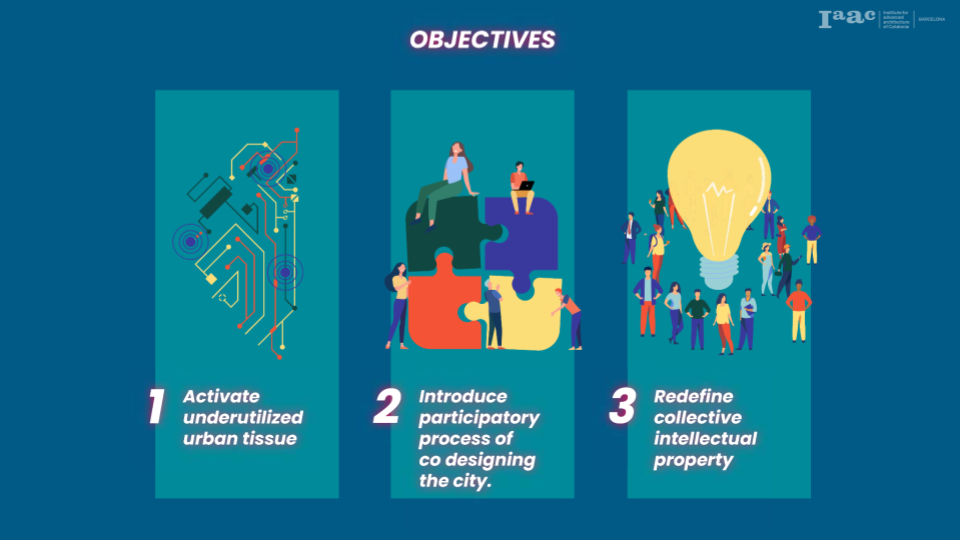
Our role will be therefore to create a new policy & platform, to ensure citizen participation and to manage the potential of shared spaces in the city. Following the predicted shift in the understanding of ownership, we state that it will have a big impact on understanding of public space. We predict that it will happen as a procedure divided into 6 phases. Today we observe public space only on the outside of our buildings. We think though that little by little private spaces will simply become public, such as Parking lots… courtyards, vacant roofs, vertical and horizontal circulations inside buildings.
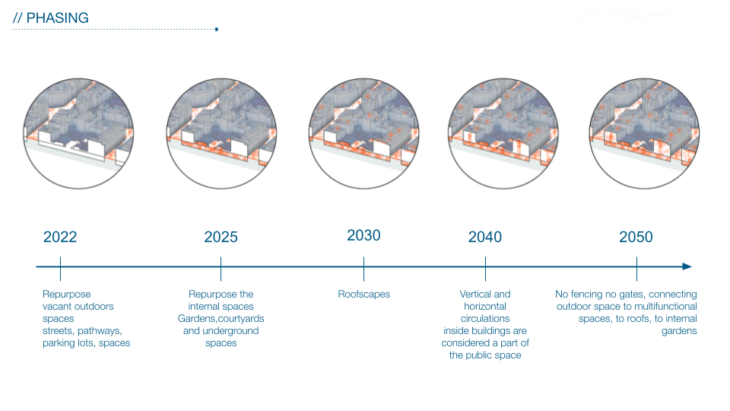
To the point when all the spaces outside of our apartments will be considered as public and therefore an important shift in terms of ownership and the notion of public and private space will happen transforming a sense of ownership into a sense of belonging.
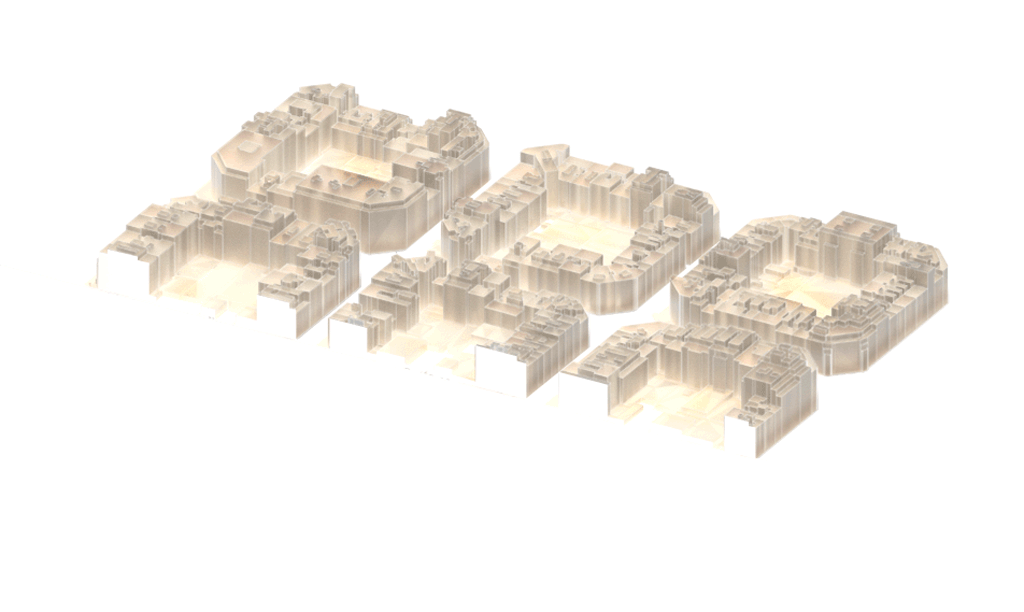
KMT SYSTEM
As public administrators, we aim to activate the underutilized urban spaces through a participatory process.
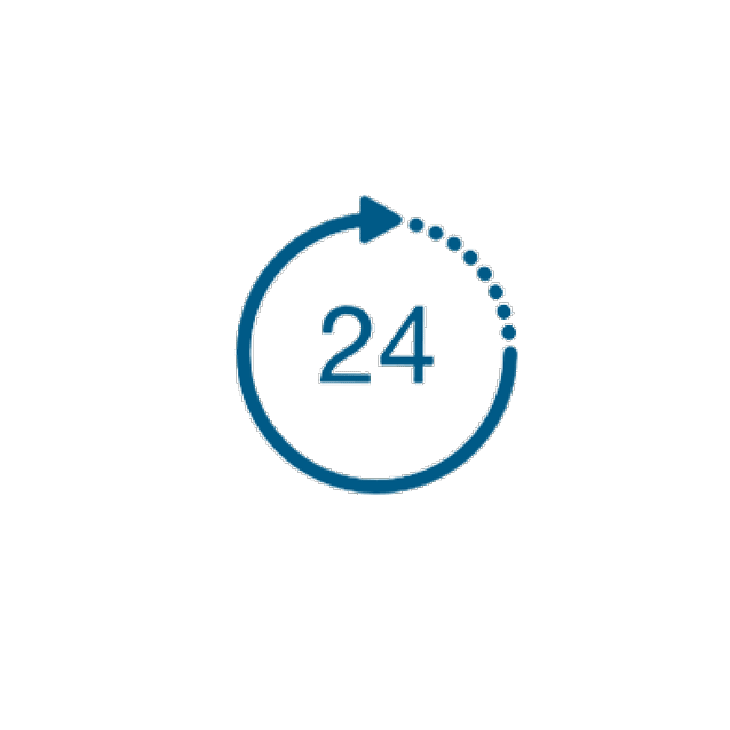
We want to try our system, our proof of concept on a general superblock consisting of 9 blocks.
A vision of how future people’s free time can fuel a marketplace of co-creation processes for urban proposals.
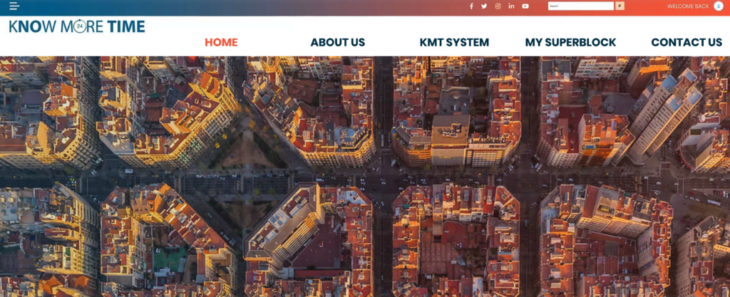
The overall KMT Kit of parts consists of two broad categories. A list of underutilized spaces to be activated listed in the catalogue of spaces. And the second one being ideas, intuitions of the citizens for what could be done with these spaces. As multiple ideas are attached to a single space, you could click on the space to see the highlighted ideas for that specific category and vice versa.
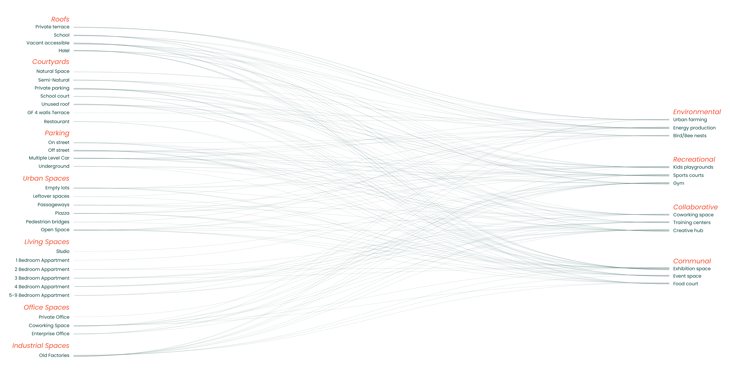
To foster engaged citizenship, as a user, the system allows you to add spaces and ideas in real time. Spaces are categorized according to their spatial and functional characteristics. The way different ideas are assigned to these spaces is through these criteria of their architecture qualities like accessibility, light and ventilation and other spatial qualities.
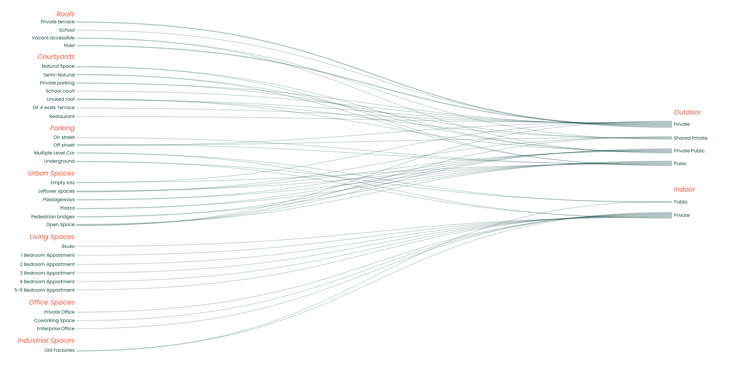
[Catalogue]
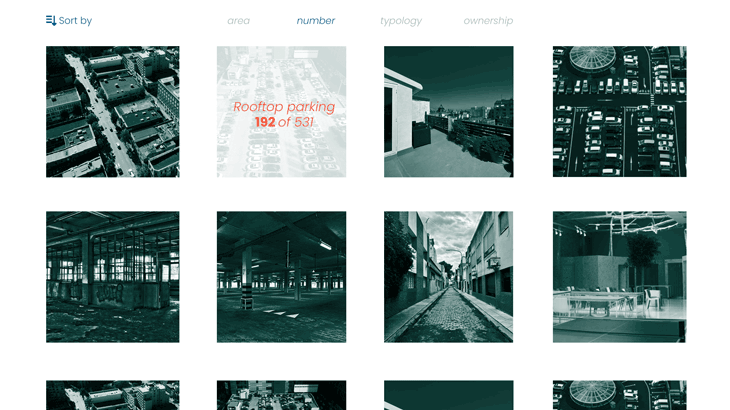
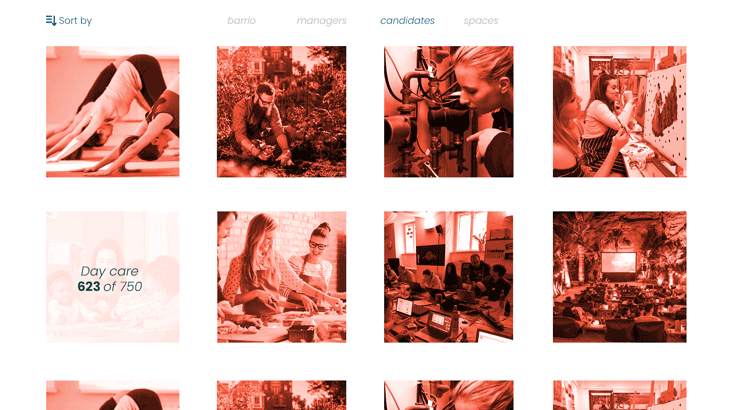
[My Superblock]
How do the citizens participate in the process of co-creation? A user can then access the section ‘my superblock’ to check or submit the spaces in my area, the ideas connected to them and all the other participants’ details.
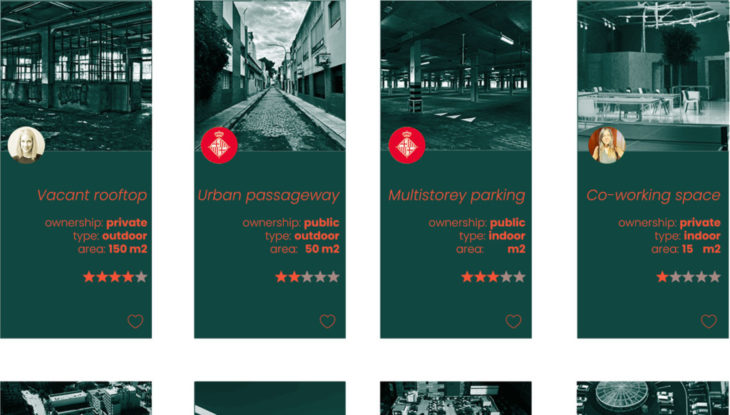
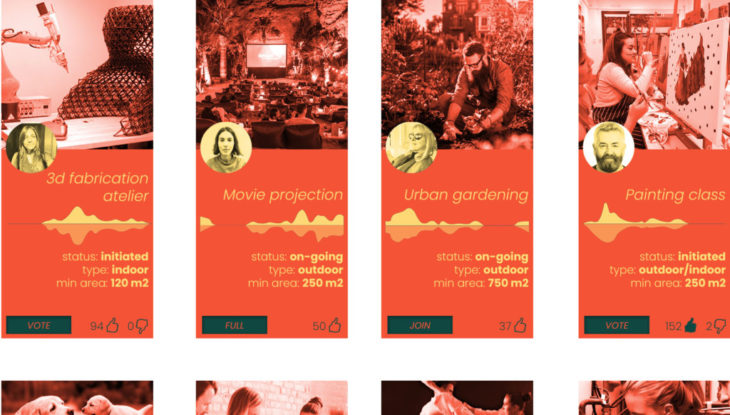
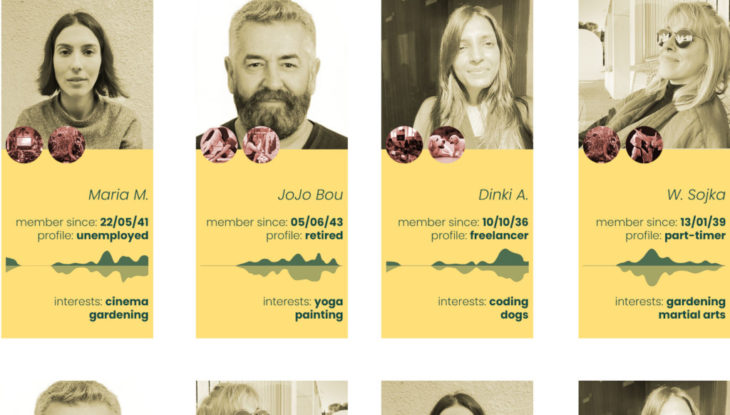
This platform of co-creation allows multiple people of different profiles to come together with one or many intuitions, ideas, and combine them with one another.
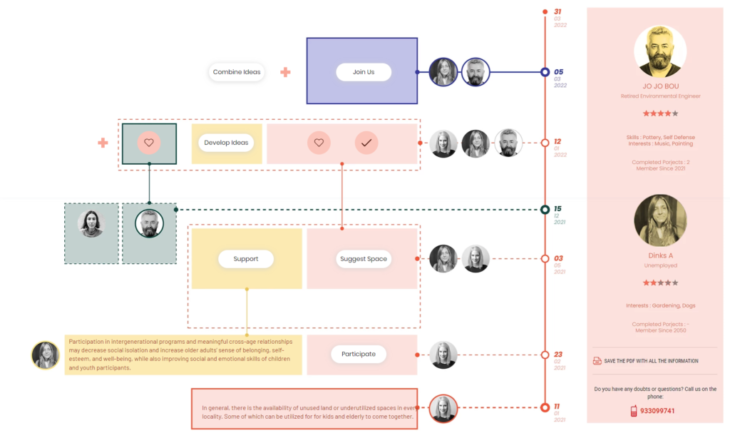
With different ideas, big or small, this section is for all user profiles – the one with skilled expertise on the ideas, the unemployed or other users with free time interested to participate. It’s possible for everybody to join, combine… The users can always track the process and its details. This way they know what’s happening in their city and how they can contribute to it because we believe engaged citizenship and a participatory system like this mutually condition each other.
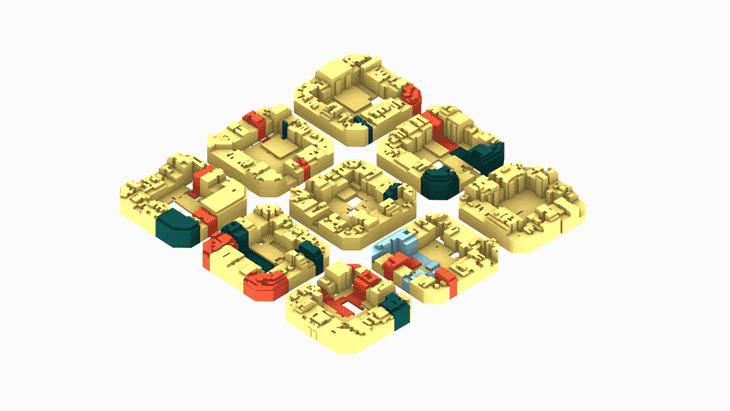
To experience how our system would work in real life CLICK HERE!
K(no)w More Time is a project of IAAC, Institute for Advanced Architecture of Catalonia developed at Master in City and Technology in 2021/2022 by Students: Gayatri Agrawal, Joseph Bou Saleh, Maria Magkavali, Weronika Sojka and Faculty: Luis Falcon, Iacopo Neri, Tugdual Sarazin